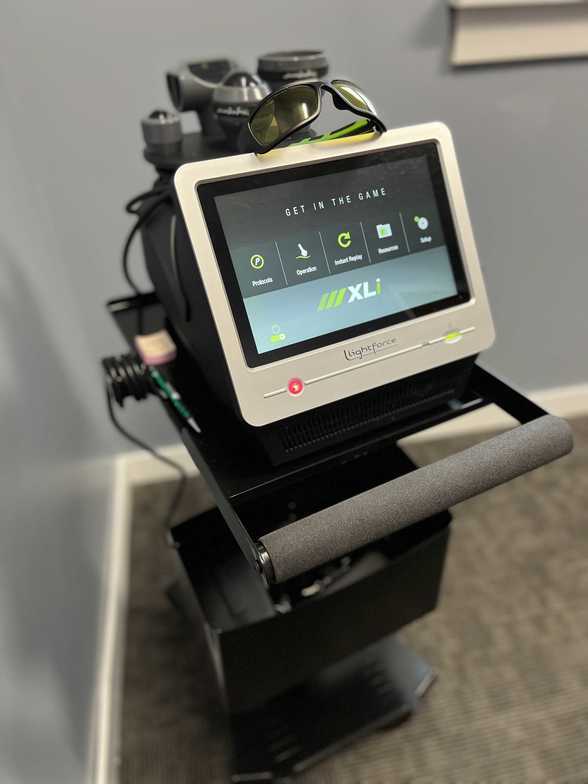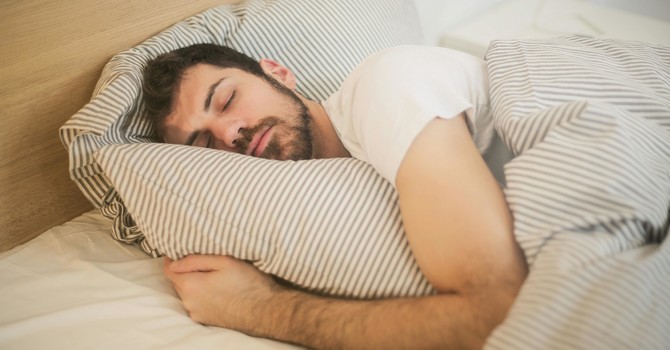
There are a variety of different laser therapies available in the healthcare industry. You may have heard of “cold laser” or “light therapy” or “Class IV laser”. All of these lasers can be very different and your choice of therapy can have a major impact on your recovery time. To further understand the difference, we have to start with how lasers are classified.
Class 1 lasers are very low-power lasers and are found in laser printers, CD players, and DVD players. There is little to no risk of injury at Class 1 and there are no safety requirements to use them.
Class 2 lasers are slightly more powerful but still considered low power (less than 1 mW). These lasers are typically found in laser pointers and aiming devices. Damage to the eyes is possible with these lasers if they are viewed for long periods of time. These lasers are perfect for playing with cats but not really useful in a healthcare setting.
Class 3 lasers are more powerful (between 5-500 mW). These lasers are found in entertainment light shows, Christmas lights, and healthcare therapies. Class 3 lasers are hazardous to the eyes, whether it is from direct viewing or even reflections of the light beam. In healthcare, Class 3 lasers can be found as “low light laser therapy” or “cold laser therapy”. True to the name, Class 3 lasers in healthcare do not produce heat and pose no danger for burns.
Class 4 lasers are any lasers that exceed 500 mW. Due to the expansive classification of Class 4 lasers, they can be found in anything from healthcare therapies, to surgery, cutting, and welding tools. Direct beams of Class 4 lasers are hazardous to the eyes/skin and additional training and protective measures need to be taken to ensure safe use of these tools. Class 4 lasers found in healthcare therapies produce heat and penetrate into the tissues to promote photobiomodulation.
In order to treat pain, the laser must be able to reach the target tissue. Tendons or muscles are typically 1 and ¼ inch or 3 cm below the skin. A therapeutic laser must be able to penetrate to that depth to affect that particular tendon or muscle. Before it can reach those depths, some of the light energy will reflect off the skin. Also, more of it is absorbed into the skin and the tissues on its way to the target tissue.
Both Class 3 and Class 4 therapeutic lasers are trying to accomplish the same thing - photobiomodulation. This works by the photonic energy being absorbed by receptors in the tissues and cells which initiates a cascade of intracellular signals that affect biological processes. The result of photobiomodulation is decreased inflammation, increased blood circulation, decreased pain, and accelerated healing
So what’s the difference between the two classes? Power. Class 4 lasers have a higher power output which leads to faster treatment times and faster recovery times. To have a biological effect, the target tissue needs to receive 1 joule of energy per cm2 (J/cm2). For example, let’s say we are treating the lower back with an area of 2 inches by 2 inches. The Class 4 laser will effectively dose the area with 1 J/cm2 in 10 minutes. In contrast, the Class 3 laser would take 11 hours to accomplish the same thing!
Much of the research for lasers has been done with Class 3 lasers and is performed on cells in culture or on rat subjects. A Class 3 laser is the perfect size for rats; you can’t expect a rat-sized laser to be as effective on humans. Just like in studies on medications, smaller dosages are given to rats and then larger doses are given to humans to have the same effect.
In conclusion, Class 3 and Class 4 lasers are both effective in achieving photobiomodulation but Class 4 will accomplish your recovery goals much faster. In many cases, patients who have seen their Rochester chiropractor for laser therapy will begin to feel better after their first treatment. If you are interested in giving Class 4 laser therapy a try, schedule a free trial at Rush-Henrietta Family Chiropractic. Your chiropractor in Rochester has been helping people with all types of acute and chronic injuries feel significant relief from pain in a very short time.



